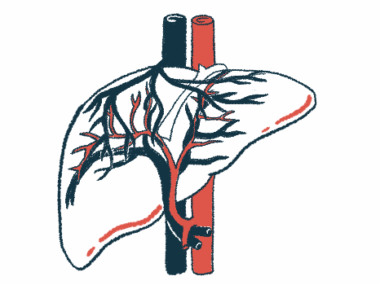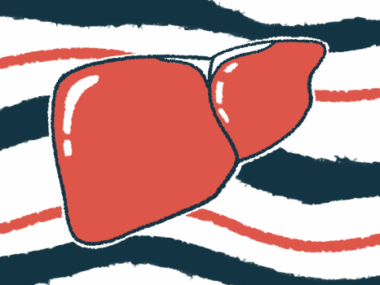Biliary atresia blood markers augur post-Kasai liver transplant need
Researchers evaluated MMP-7, ALP as transplant predictors after surgery
Written by |

Children with biliary atresia who have higher blood levels of the matrix metalloproteinase 7 (MMP-7) and alkaline phosphatase (ALP) enzymes at the time of a standard Kasai procedure are at an increased risk of needing a liver transplant, a study reports.
A combination of blood levels of these two enzymes was able to predict the need for a liver transplant with a 92.6% accuracy.
“The demonstrated utility of MMP-7 and ALP as predictive biomarkers can inform clinical practice by aiding in the early identification of high-risk patients, thus facilitating timely interventions and potentially improving long-term outcomes,” the researchers wrote.
The study, “Prognostic Value of Combined Detection of MMP-7 and ALP Levels in Children With Biliary Atresia Post-Kasai Surgery,” was published in Pediatric Transplantation.
Biliary atresia is an infantile liver condition wherein the bile ducts, which carry the digestive fluid bile from the liver to the intestines, are blocked or absent. This results in bile accumulating in the liver and symptoms that include pale stools, dark urine, and yellowing of the skin and whites of the eyes, called jaundice.
A mainstay treatment for biliary atresia is Kasai portoenterostomy, a surgical procedure that creates a new channel for bile to flow through to the intestines. Even with this surgery, however, some children with biliary atresia will have substantial liver damage that eventually necessitates a liver transplant.
It’s difficult to predict which individuals undergoing Kasai surgery are more or less likely to later need a liver transplant.
“Identifying reliable prognostic biomarkers to predict post-surgical outcomes of [biliary atresia] children is crucial for optimizing patient management and improving long-term survival rates,” the researchers wrote.
Predicting risk of liver transplant
Here, researchers in China evaluated blood levels of the enzymes MMP-7 and ALP as potential predictors for the risk of liver transplant after Kasai surgery. MMP-7 is a marker of liver scarring and has been frequently reported to have good predictive value for liver transplant among biliary atresia patients after a Kasai procedure. ALP is associated with problems with bile flow and liver scarring.
“We speculated that the [blood] levels of MMP-7 and ALP might reflect the inflammatory state of the liver and the degree of bile duct obstruction, with their combined assessment providing valuable insights into the disease progression and postoperative prognosis of [biliary atresia] patients,” the researchers wrote.
To test this, the researchers retrospectively looked at data from 85 children with biliary atresia who underwent Kasai surgery at a single Chinese hospital from April 2015 to May 2020.
Blood levels of MMP-7 and ALP were measured at the time of the Kasai surgery. In the three years after the surgery, more than half the children (54.1%) had a liver transplant. Those who eventually needed a transplant had significantly higher blood levels of both MMP-7 and ALP than those who didn’t. Blood levels of MMP-7 and ALP were each significantly associated with levels of gamma-glutamyltransferase, a well-established biomarker of biliary atresia.
Further statistical analyses adjusted for potential influencing factors showed that high MMP-7 and ALP levels were predictive biomarkers of needing a liver transplant within three years after the Kasai procedure.
Mathematical models indicated that high levels of both markers could discriminate children needing a liver transplant from those who kept their liver with a 92.6% accuracy. Specifically, combining these levels could correctly identify 91.3% of all the children who needed a liver transplant and 87.2% of all of those who didn’t. Also, the predictive value of this combination was superior to that of either marker alone.
“This study establishes MMP-7 and ALP as valuable prognostic biomarkers for BA patients undergoing Kasai surgery, with the combined measurement offering superior predictive accuracy,” wrote the researchers, who said additional, larger studies should validate the results and test the utility of these markers as prognostic indicators in clinical practice. “Moreover, elucidating the molecular mechanisms by which these biomarkers influence [biliary atresia] outcomes can pave the way for targeted therapies.”







